This article was co-authored by Marsha Durkin, RN. Marsha Durkin is a Registered Nurse and Laboratory Information Specialist for Mercy Hospital and Medical Center in Illinois. She received her Associates Degree in Nursing from Olney Central College in 1987.
wikiHow marks an article as reader-approved once it receives enough positive feedback. In this case, 90% of readers who voted found the article helpful, earning it our reader-approved status.
This article has been viewed 211,479 times.
Earwax (cerumen) is a natural substance produced by your ear canals to keep your ears dry and protect them against bacteria and infection. Normal activities like chewing and talking actually flake off excess earwax in time, which makes ear cleaning largely cosmetic. By performing a hydrogen peroxide cleaning and maintaining good ear health, you can keep your ears clean and remove any excess wax that might be impairing your hearing.
Steps
Performing a Hydrogen Peroxide Cleaning
-
1Set up a station for ear cleaning. You’ll be lying down during the ear cleaning, so it’s important to gather all necessary supplies and bring them within arm’s reach. Lay a towel on the floor for your head to rest on. Then, about a foot away, set up everything you'll need:
- A small bowl of 3% hydrogen peroxide
- A medicine dropper
- A hand towel
-
2Lie on your back with your head turned to one side. Lie on your back with your head on the towel you laid out on the floor. Tilt your head to the side such that the ear you’d like to clean is facing the ceiling.[1]Advertisement
-
3Put the hand towel on your shoulder. Before you start cleaning, place the hand towel on the shoulder of the ear you’ll be treating. This will protect your clothes from staining and catch the solution you’ve used to wash your ear.
- You may also want to put a piece of plastic under the towel before you get started. This will help to protect your clothes and floors from getting soiled.
-
4Drip 1-3ml of 3% hydrogen peroxide into your ear. Draw up 1-3ml of 3% hydrogen peroxide solution with the dropper, and drip it into your ear canal. You may hear and feel some fizzing, which is perfectly normal. Though it may feel a little ticklish, try to relax. Let the solution stay in place with your ear still turned up for 3-5 minutes.[2]
- If helpful, you can pull on the top edge of the ear to open the ear canal more as you insert the drops.
- Don’t press the dropper down into your ear canal when administering the drops. Your ear canal is sensitive and prone to damage with too much pressure.
-
5Drain your ear onto the hand towel. When time is up, take the hand towel on your shoulder and hold it over your upturned ear. Sit up, turning your head against the towel to drain the solution and excess earwax, which should be visible. Dry the exterior of the ear with the towel as necessary.
- Repeat the cleaning regimen on the other ear.
-
6Use the shower method when short on time. If you’re running short on time, place a few drops of hydrogen peroxide in each ear 10 minutes before getting in the shower. No need to lie down. The peroxide will soften your earwax, and it will wash out as you go about your bathing routine as normal. Dry the exterior of your ears with a clean towel when you dry off.[3]
Using Caution with Peroxide
-
1Clean your ears with hydrogen peroxide twice a week at first. Earwax is normal and actually has certain antibacterial properties to keep your ears healthy. Most people with normal earwax production will not need to clean their ears with hydrogen peroxide more than twice a week.
- After two weeks of twice-weekly cleanings, then switch to cleaning your ears twice per month, and then after two months of that, switch to cleaning your ears twice per year only.
- Talk to your doctor about cleaning your ears as well. Cleaning your ears too often can cause damage, so you may want to discuss your reasons for wanting to do regular cleanings with your doctor.
- Ask your doctor about ear cleaning kits, such as Debrox.
-
2Avoid using cotton swabs in your ears. Earwax normally only coats the outer third of your ear canal, but cotton swabs actually push earwax deeper than it is meant to go. Over time, this can cause impacted earwax blockages near your eardrum that actually interfere with hearing.[4]
- Doctors also advise against using cotton swabs to clean your ears, as well as other objects such as hairpins.
-
3Avoid peroxide cleanings if you have ear tubes. If you have had surgery to put in ear tubes, do not use peroxide to clean your ears. While tubes may clear up recurrent ear infections, they do so by putting a permanent hole through the air drum to allow air into your middle ear. Peroxide cleanings would leak solution into your middle ear and might lead to complications or infection.[5]
- To clean your ears with tubes, use a clean tissue to wipe away any excess wax that comes to the opening of your ear canal. You should avoid getting water in your ears entirely.
-
4See the doctor for ear pain or discharge. While earwax is normal, any excess wax that is accompanied by ear pain or unusual-looking discharge should be investigated by a doctor. An ear that is hot to the touch or accompanied by a fever is also a reason to schedule an appointment.[6]
Things You'll Need
References
- ↑ https://www.health.harvard.edu/staying-healthy/got-an-ear-full-heres-some-advice-for-ear-wax-removal
- ↑ https://www.nh.org.au/wp-content/uploads/2018/02/Hydrogen-Peroxide-Ear-Drops.pdf
- ↑ http://www.prevention.com/health/healthy-living/best-way-remove-earwax
- ↑ http://time.com/4290668/q-tip-ear-wax-removal/
- ↑ http://www.webmd.com/cold-and-flu/ear-infection/tubes-for-ear-infections
- ↑ http://www.prevention.com/health/healthy-living/best-way-remove-earwax
About This Article
To clean your ear with hydrogen peroxide, start by drawing 1-3 milliliters of the liquid into a dropper. Then, lie down on your bed and tilt your head to one side so that your blocked ear is facing up. Before you apply the hydrogen peroxide, place a towel on your shoulder to avoid staining your clothes. When you’re ready, drip the hydrogen peroxide into your ear and wait for it to soak in. After 3-5 minutes, hold the towel under your ear and drain the liquid into it. For more tips from our Medical co-author, including how to clean your ear in the shower to save time, read on!
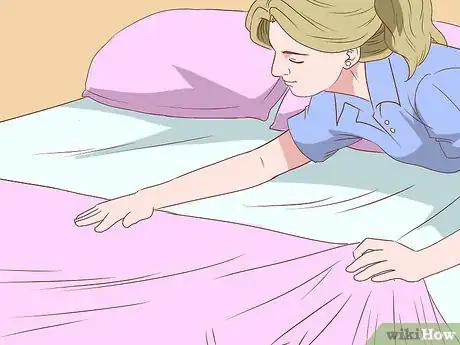

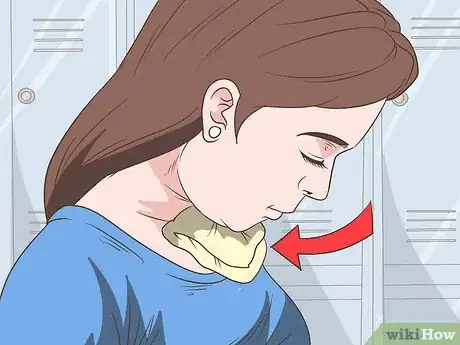

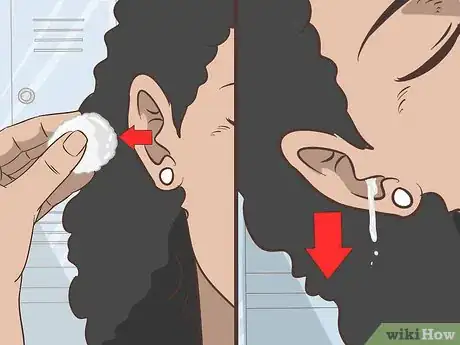

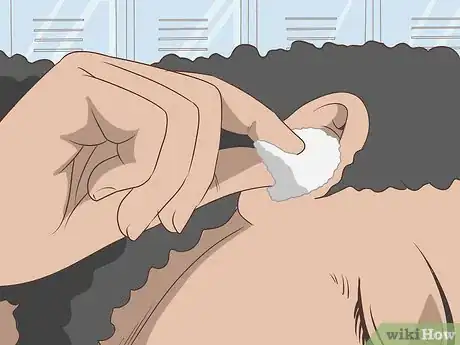

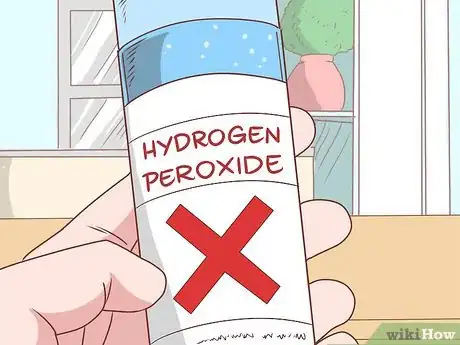
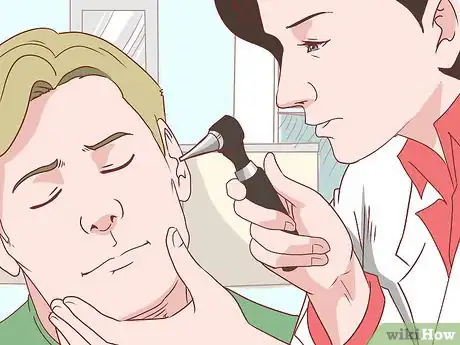



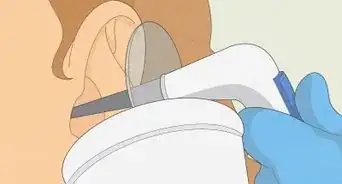



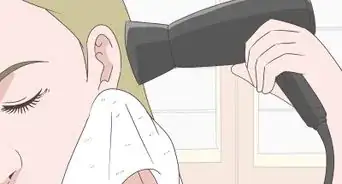


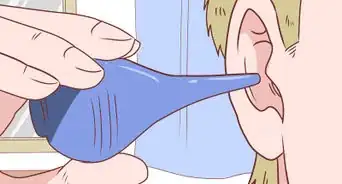













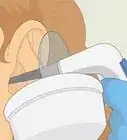



































Medical Disclaimer
The content of this article is not intended to be a substitute for professional medical advice, examination, diagnosis, or treatment. You should always contact your doctor or other qualified healthcare professional before starting, changing, or stopping any kind of health treatment.
Read More...